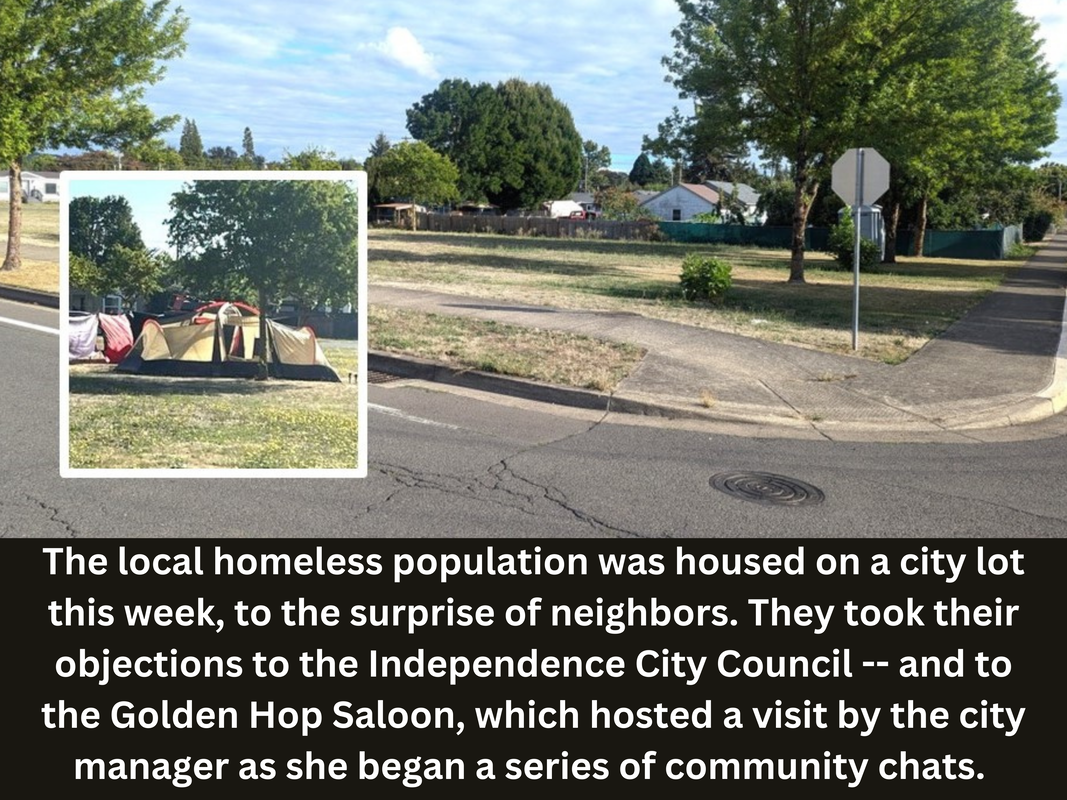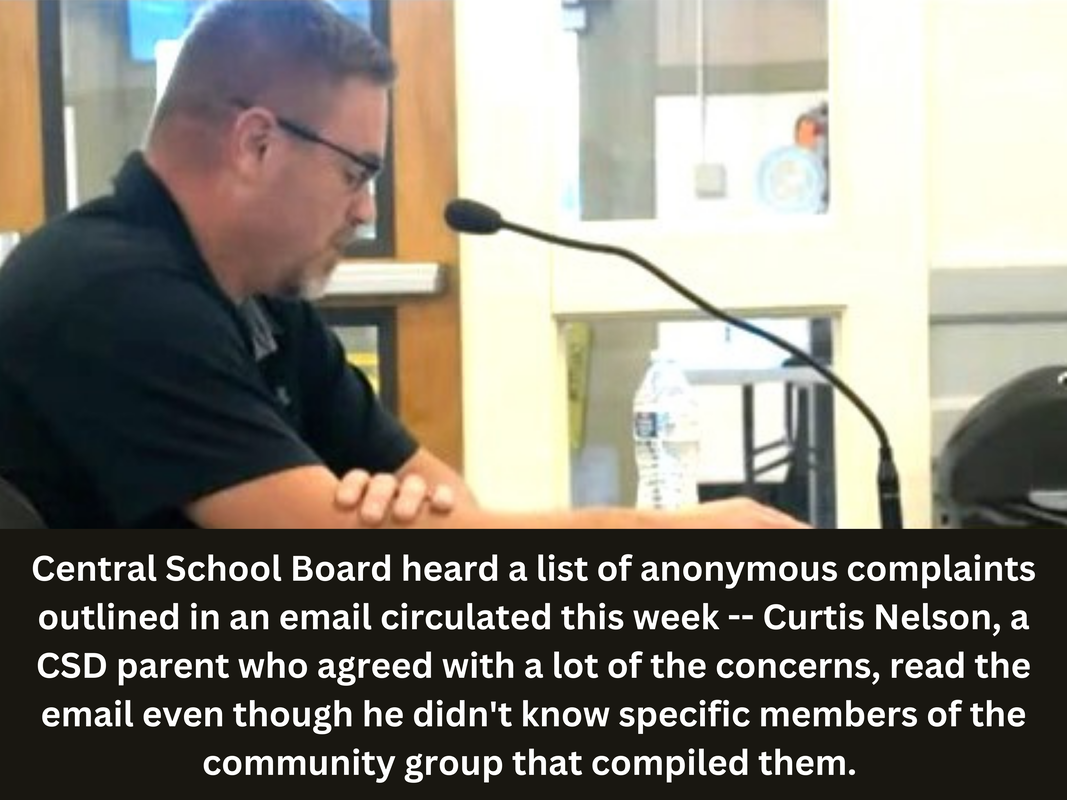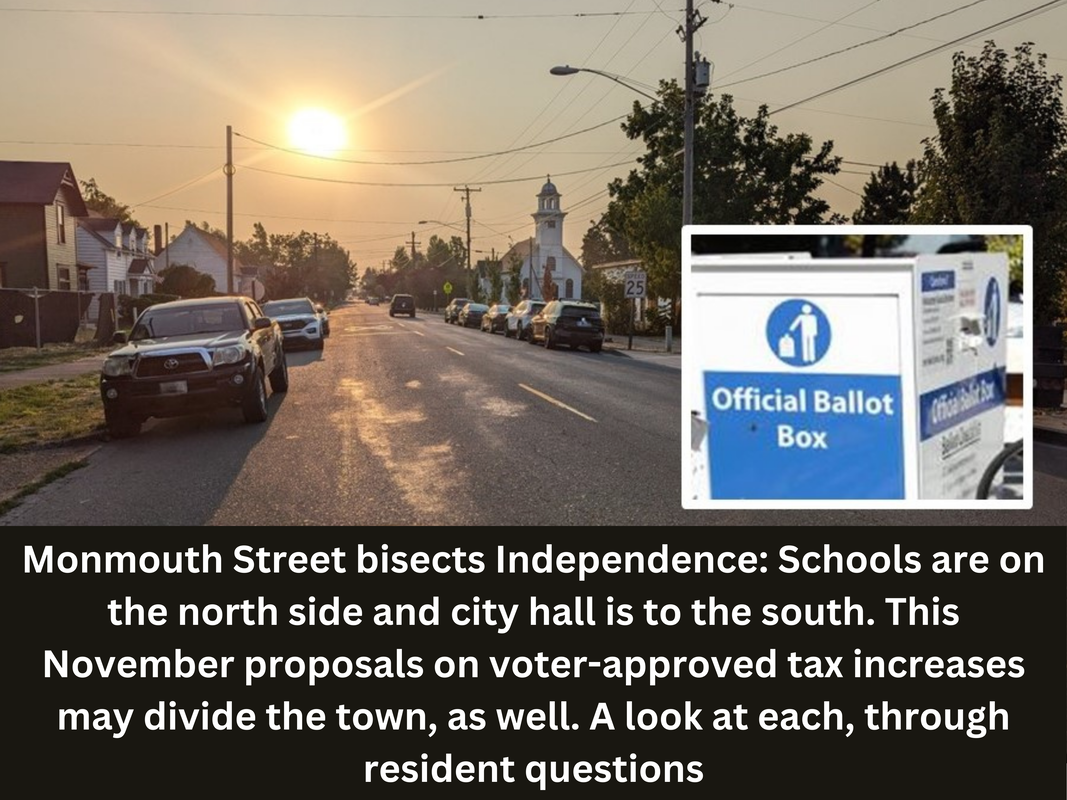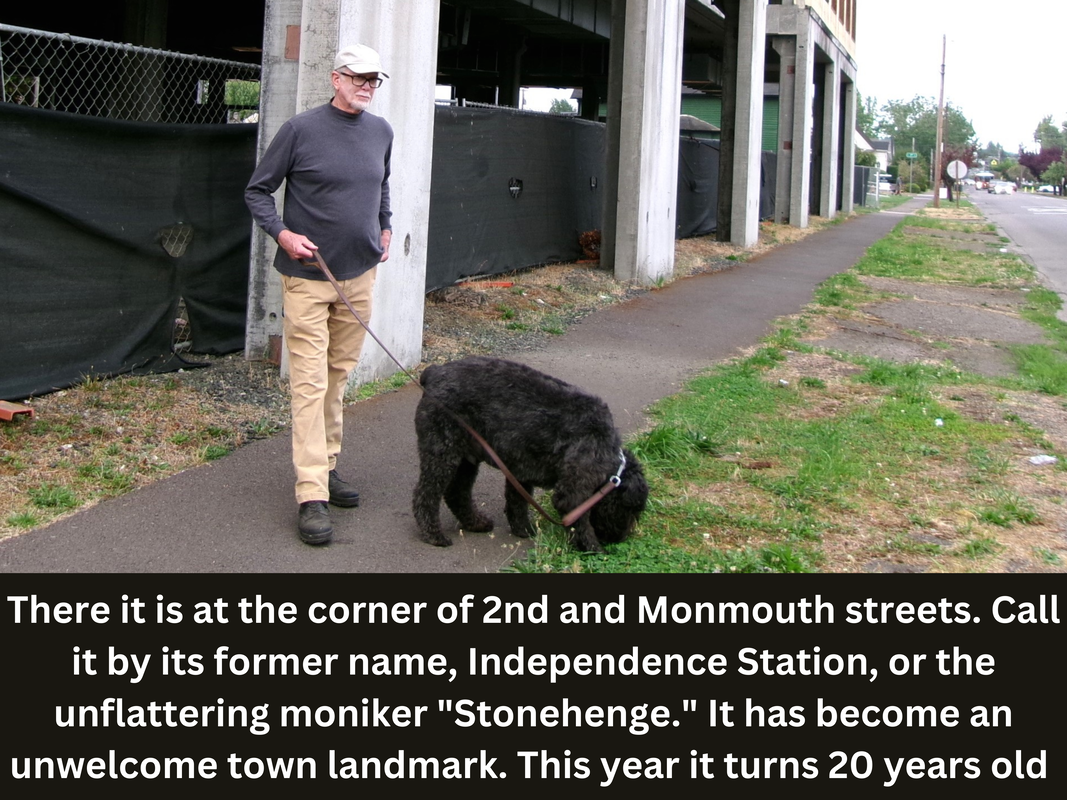
By Anne Scheck
Trammart News Service
Some residents woke up this week to discover makeshift tents in an adjacent field that looked like a homeless camp.
That’s just what it was.
The transformation of the lot at Ash and Polk streets into a site to house homeless brought the nearby residents to the city council meeting Tuesday night, despite the fact that the national presidential debate was occurring at the same time.
The discussion about homeless housing appeared to draw distinctly different reactions among the city council. However, there was one aspect of complete agreement: The council gave City Manager Kenna West the ability to make operational decisions to address homelessness so that the council would comply with the law; The councilors signed a new city ordinance, creating a legal policy that included a ban on parks as a site for housing the homeless.
Beyond that, there was confusion – including among residents who attended the meeting – about who made the decision to put the homeless individuals on the lot where tents sprang up this week. And why, if the restrictions truly require stays to be only “dusk to dawn,” were the tents there long after sunrise?
City Councilor Dawn Roden seemed so stunned by the turn of events that she vigorously shook her head during West’s address to the council on the issue, when it was suggested the council concurred with the choice of location. “You can shake your head all you want to,” West said, in answer to the gesture.
Following the meeting, she explained: “There was a significant discussion regarding the location and, as I noted in my City Manager report – at 1:24 of the work session – I clearly stated that if they excluded the developed parks that really the only place available was Polk and Ash because of issues with the two other locations under consideration.”
Roden remembers it differently. “I wanted to prevent possible lawsuits and, at that time, I trusted (City Manager) West to accomplish that,” Roden said.
But, she said, from that time on there was no communication indicating the specific spot that had been decided, Roden asserted.
Yet, “the city manager acted as though because we gave her the authority to make the decision, we were aware of all the choices she made. We were not,” Roden stated. “Even when I frequently asked for more information and meetings” they never occurred, she added.
Roden had suggested a lot by city hall. City Councilor Sarah Jobe had advocated for use of the campground in the lower part of Riverview Park. Neither was found to be acceptable. Properties owned by the city were the only sites under consideration.
The information imparted at the city council meeting seemed bewildering to residents. Neighbors in the area said they woke up to see what looked like a haphazard campsite across from where they lived. But when they attended the council meeting, it didn’t seem to clear up the issue.
“Appalling” was the term used by Liza Reyna-Skipper, who appeared with her mother to testify at the city council meeting. She appeared to be referring to the lack of input or outreach to the affected neighborhood.
Her parents have been in the town for 70 years, “and no one was contacted,” Reyna-Skipper said. The neighborhood, which is largely Hispanic, “had no knowledge of this (decision) being made,” she stressed.
Connor Gowen, who also testified, indicated he had come to “denounce” the action. “And this occurrence is going to happen again,” he warned.
“I am just shocked,” said Dana Sharman, who also took the podium. “I would like to see a better solution,” he said.
Later he added: “It is truly embarrassing that something so simple, yet so serious could slip on so many levels.”
“It baffled me they didn't put notices out of public hearing for proposed changes, Sharman said. “And it most baffled me that some of the councilors were either certain they hadn't agreed to this, or at the very least were unsure of what they agreed to,” Sharman said.
Residents who were contacted said communication was totally lacking – and one made the same point at a “community chat” last night, which West held at the Golden Hop Saloon. “No one said anything to us,” the resident observed.
Like the neighbors near Polk and Ash streets, Sharman, who spoke at the meeting, said there was little clarification of how and why the situation arose.
“There was no clear solution reached, there were differing opinions on the conclusion of that work session, there was no public input, there was no opportunity for public input, there was less than an hour spent on a very sensitive topic, and some people don't even remember it happening,” Sharman said.
These circumstances aren’t insurmountable, he stressed. “It'll be rectified soon I'm sure,” he said. “But the sheer number of minor slip-ups in this town are amounting to … well, a mountain,” he added. ▪

By Anne Scheck
Trammart News Service
An anonymous letter submitted only by the name “Concerned Members of the CSD 13J Community” was read into the record at the school board meeting Monday night, with a list of concerns that seemed to target district administrators for alleged lapses, generally centered on assertions that there is too much control being exercised by a small group of people.
The letter, which arrived by email in many inboxes this week, was read by CSD parent Curtis Nelson (photo inset), who had nothing to do with writing it. “But I do agree with its contents,” he said, following his introduction of the letter during the public comments portion of the board meeting.
Trammart News has a policy that discourages reporting from anonymous sources unless there is outside verification. And, there are only three areas mentioned in the letter that match problematic areas identified to this news outlet over the past few years. They are the only topics of the letter to be included in this report.
1) More emphasis should be placed on individual school autonomy – each building serves a unique population. The letter states that Central School District building administrators have limited autonomy over running their buildings – control appears to sit with “a select few” at the district. This has been cited as a problem by some teachers. “I love Jennifer, I really do,” said one teacher who wished to remain anonymous. “But these decisions coming down from on high don’t give us the chance to do our own problem-solving.”
2) The finance director who also serves as Monmouth’s mayor has a position that should be examined to determine “if and how” the two roles conflict. This worry has been brought up by several school staff and faculty over the past several years, who have privately asserted that the mayoral position could create a “town-gown” consideration that avoids the same kind of scrutiny other employees face on job performance evaluations. It is rearing again with mayoral campaign signs springing up in Monmouth.
Asked by Trammart News if the district has restrictions – an ethical policy or employee rules – to prevent overlap of interests between official political duties of elected officials who also may occupy staff or administrative roles at CSD 13J, Emily Mentzer, the district communications coordinator pointed out the district does have a policy. One section of it states: “An employee will not perform any duties related to an outside job during his/her regular working hours or during the additional time that he/she needs to fulfill the position’s responsibilities; nor will an employee use any district facilities, equipment or materials in performing outside work.”
3) The district should reduce such alleged heavy reliance on the “cabinet” for decision-making and use “a process that visibly invites the diversity in leadership we say we espouse.”
From hiring administrators to outside consultants, the district leadership has been accused of acting within a bubble.
“It becomes this echo chamber,” said one educator who has seen it “up close and personal” and doesn’t wish to be identified. One example cited was the certainty about the practice of hiring principals – both Talmadge Middle School and Central High School each had principals that stayed only a year, which some see as evidence the process needs to be more inclusive.
Another incident was mentioned by a resident who noted the former bond committee – in which an outside consultant was hired – also included the estimated $8,400 expense for a “committee facilitator,” who also serves on the Independence City Council.
Although CSD has policies that govern hiring practices and spells out competitive bidding for consultants, “exceptions are in place,” confirmed Mentzer, noting that these special circumstances are described in the district document “Special Procurements and Exemptions from Competitive Bidding.”
Mentzer stressed the district has a complaint policy, which “can be found on every page of our websites, at the bottom of the page” and easily accessed for use.
However, Nathan Muti, president of the teachers’ union, recommended exit interviews for employees leaving the district for uncovering some of the needed concerns.
This “would be a great way to hold a mirror up to our current practices. This data might shed light on inequalities within our district, and the difficulty we face hiring and maintaining staff," Muti said. ▪

By Anne Scheck
Trammart News Service
Over the past two years, the Independence Police Department has added five more officers, for a base pay of nearly $60,000 annually.
Is it enough? That depends on what pay comparisons are being used. Monmouth is now paying just over $60,000 annually to that city’s new officers.
However, a recent report puts several other agencies notably higher than the annual base pay of either city. In general, the more populated the city, the higher the base pay – at least in Oregon. But, for some, it may not translate into cost-of-living differences.
For example, Bend now has among the topmost expensive housing prices in the state – Monmouth and Oregon are still considered affordable by comparison.
In contrast, Philomath, which is about half the size of Independence, pays about the same starting salary for police officers. However, the cost of housing is higher in that smaller city.
The greatest competition may arise from the Oregon State Police, in Salem. OSP offers starting pay packages that are thousands of dollars higher than the base pay provided by Independence. But OSP is comprised of more than 1,400 staff members, so it is considered lacking the familial atmosphere of small-town policing.
This January, residents will begin paying a $20 public-safety fee along with their utility bills this January – to keep the police force at a level deemed suitable according to national standards for a town just above 10,000. ▪




 RSS Feed
RSS Feed